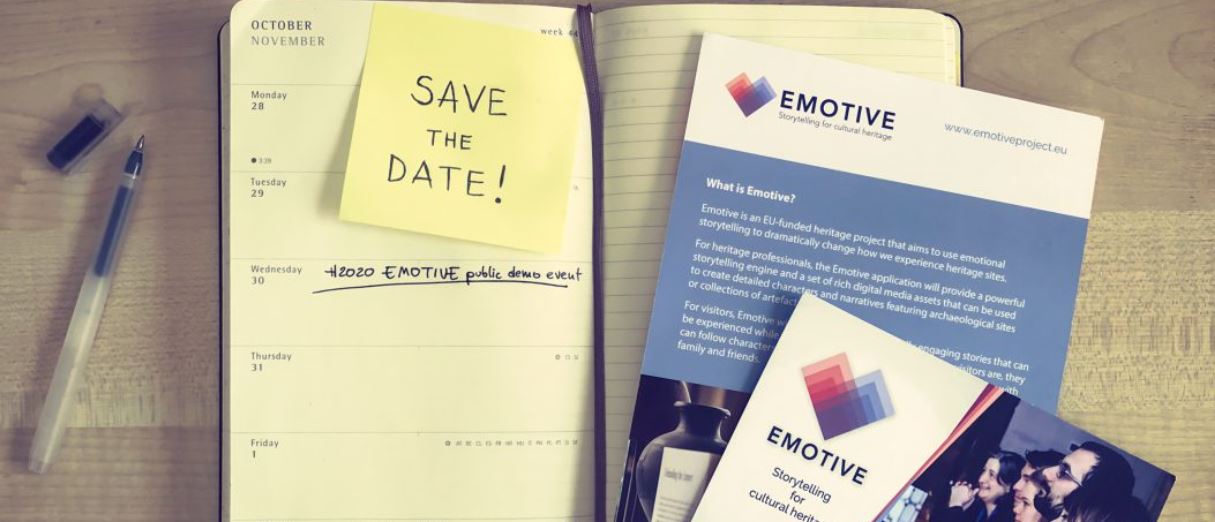
– Collaborative Çatalhöyük

– Ebutius’s Dilemma
– The Çatal Schoolkit



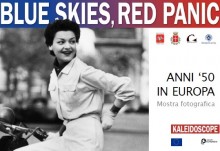
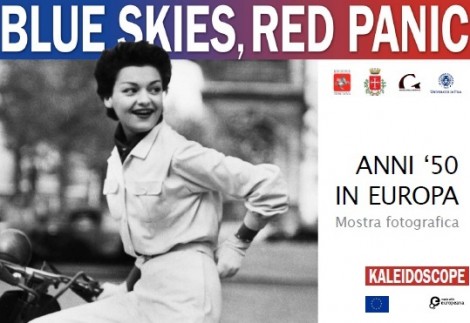
Photographic exhibition from the EU project “Fifties in Europe Kaleidoscope”.
6 – 20 September 2019
Vernissage on 6th September h. 17.30
Museo della Grafica, Palazzo Lanfranchi in Pisa.
Through the images from some of the most important European photographic archives, this exhibition showcases the era of the 1950s of a nascent Europe, balacing between east and west, freedom and repression, terror and euphoria. The Pisa display is the first of a series, as the exhibition is conceived to be travelling across Europe.
The exhibition in Pisa saw a collaboration with Museo Piaggio, Fondazione Pisa and Fondazione Palazzo Blu, enriching the BLUE SKIES, RED PANIC exhibition with an original Vespa from 1957 and a selection of images from the local exhibition Gli Anni ’50, Immagini di un decennio a Pisa which was displayed at Palazzo Blu in 2018.
>>>>>
The 1950s in Europe were a decade of transition and (re-)construction, modernisation and change. This change was fundamental and reached all Europeans who longed for the normality of everyday life after decades of war with new designs, new consumer products, new media, music and fashion. Glamour, “sweet home” and prosperity: these are well-known stereotypes that characterize the myth of an iconic age.
But this is just one side of the coin. This era was shaped by contradictions: many in Europe still suffered from the consequences of the Second World War such as hunger, poverty, lack of housing and displacement. The formation of interstate relations, which on the one hand led to rapprochement and cooperation between formerly hostile nations, but on the other hand was determined by hegemonic foreign policy and domestic repression, strengthened the already existing division of Europe into East and West and intensified Cold War tensions to the brink of a nuclear conflict.
The narratives that emerge from the black-and-white images are far from rendering simplified pictures of the past. Quite the contrary, many different facets and nuances, differences and similarities become visible. With a kaleidoscope of visual impressions, the exhibition aims to evoke memories that are familiar to us or invite us to a completely new discovery. Looking back on the iconic era of the 1950s in Europe, the exhibition offers a photographic retrospective, without falling into mere nostalgia, and promotes a critical understanding of the creation of the European Union in which we live today.
More info:
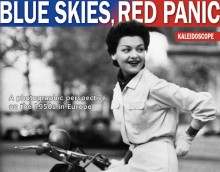
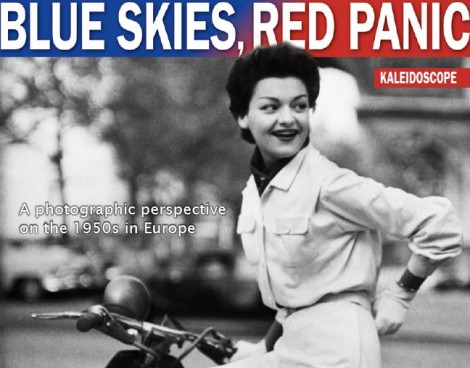 Much like scents, flavours and music, photographs are powerful triggers of memory. So what better medium to recall a past as recent and as visually recognizable as early postwar Europe…? For about a year, the consortium involved in the EU-funded project ‘Fifties in Europe Kaleidoscope’ has been diving into collections of libraries, archives and commercial agencies across Europe, to trace the tracks of the fifties in photography.
Much like scents, flavours and music, photographs are powerful triggers of memory. So what better medium to recall a past as recent and as visually recognizable as early postwar Europe…? For about a year, the consortium involved in the EU-funded project ‘Fifties in Europe Kaleidoscope’ has been diving into collections of libraries, archives and commercial agencies across Europe, to trace the tracks of the fifties in photography.
Visit the exhibition: https://www.photoconsortium.net/exhibitions/blue-skies-red-panic/
As the expected imagery surfaced quite quickly, we soon started to question its veracity. With project partners from both sides of the Cold War divide, our perspective was ‘bifocal’ from the outset. The fifties were indeed the breeding ground for Europe as we know it today, but at the time political regimes, economic circumstances, societal developments, levels of prosperity and consumer trends were very different in the east and west, north and south.
This exhibition could have easily turned into a simple game of contrasts and opposites. Yet while the pictures we selected are very much black and white, the stories they convey boast an endless range of greys. Through these shades, the reflection of the 1950s gains nuance, color and depth. Instead of a lens or a looking glass, we ended up using a kaleidoscope: a compound eye on differences and similarities, parallels and resonances, making the most of the ‘beautiful forms’ of an iconic age.
“Blue skies, red panic” created in the framework of the EU project “Fifties in Europe Kaleidoscope” is:
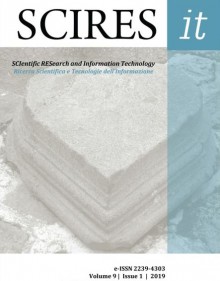
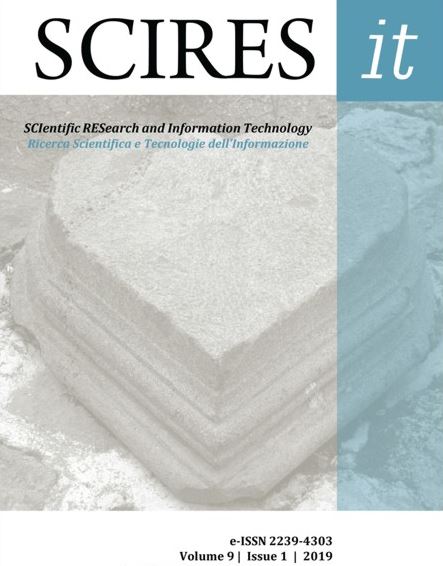 The article, written by Prof. Neil Forbes and Prof. Silvana Colella (both from Coventry University, REACH project coordinator and leader of the sustainability and resilience Work Package) went on-line last Saturday, in the Special Edition of the SCIRES-IT Journal titled “European Year of Cultural Heritage 2018. A laboratory for heritage-based innovation”.
The article, written by Prof. Neil Forbes and Prof. Silvana Colella (both from Coventry University, REACH project coordinator and leader of the sustainability and resilience Work Package) went on-line last Saturday, in the Special Edition of the SCIRES-IT Journal titled “European Year of Cultural Heritage 2018. A laboratory for heritage-based innovation”.
The paper presents the work of the REACH project and its contribution to the EYCH Initiative #9 ‘Heritage for All’. It reflects on the issue of participatory approaches to cultural heritage, focusing in particular on:
1) the REACH repository of good practices, a dataset comprising over 100 examples, European and extra European, of social participation in cultural heritage;
2) the REACH Participatory Framework, developed to provide a protocol of participatory procedures and to support the organisation of local encounters;
3) the future of heritage research, in the light of current discussions about the constitution of a new coordination structure for European heritage research.
After just few days of promotion on social media this special volume received remarkable reactions and positive feedback for gathering precious information, new perspectives and excellent contributions in support and preservation of Cultural Heritage.
The entire publication is available on line at www.sciresit.it
More References:
SCIRES-IT Vol. 9 N° 1 Special Issue – European year of Cultural-Heritage. A laboratory for heritage-based innovation
Guest Editor Erminia Sciacchitano and Editors in-Chief V.Valzano and M.Cigola.
@itScires
Download the article
Embedding Engagement Perticipatory Approaches to Cultural Heritage
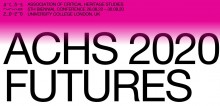
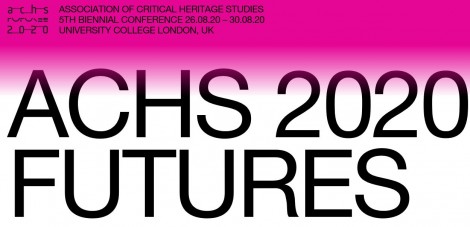
Main sub-themes identified:
The Call for Participation is currently opened; the call for curated sessions, individual papers, posters, films and discussion panels is open and the deadline is the 15th of October.
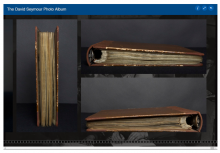
text by Caterina Sbrana.
“General View of Rogiano Gravina. Rogiano Gravina is located around forty kilometers north of Cosenza, in the center of a very poor agricultural district. It counts close to 6,000 in habitants, and it is the most active community in Calabria in the fight against illitteracy. One thousand children in school age are attending school, reaching almost one hundren per cent of attendance, and 700 adults are coming every night to a school established by the Unione Per La Lotta Contro L’Analfabetismo with Government support.[…] The Government is building a large elementary school which in the future will replace the 42 private schoolrooms and workshops for the adults.”
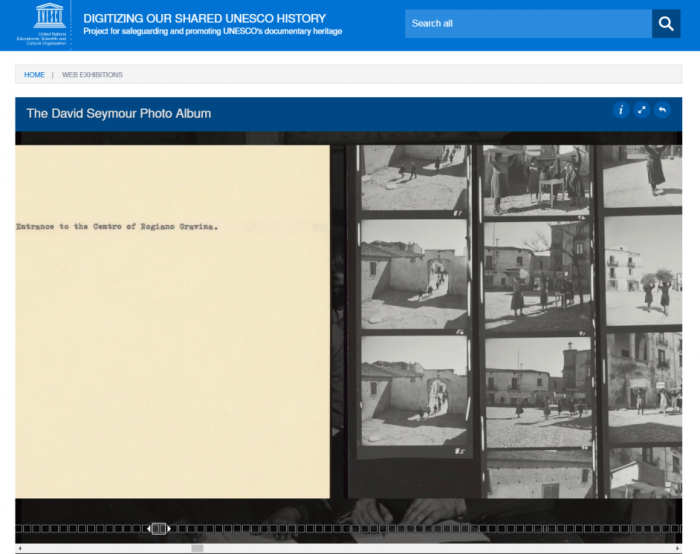
The reading of this text represents the beginning of my visit to the David Seymour Photo Album exhibition. The exhibition is completely virtual and tells the extraordinary and unique photographic work done in the mid-1900s by photographer Seymour, as part of a reportage commissioned by UNESCO on the campaign against illiteracy in Calabria, Italy.
UNESCO has decided to digitalize the small album, 78 pages of contact sheets and accompanying text, and to show it on its site, creating a virtual exhibition and therefore accessible to all.
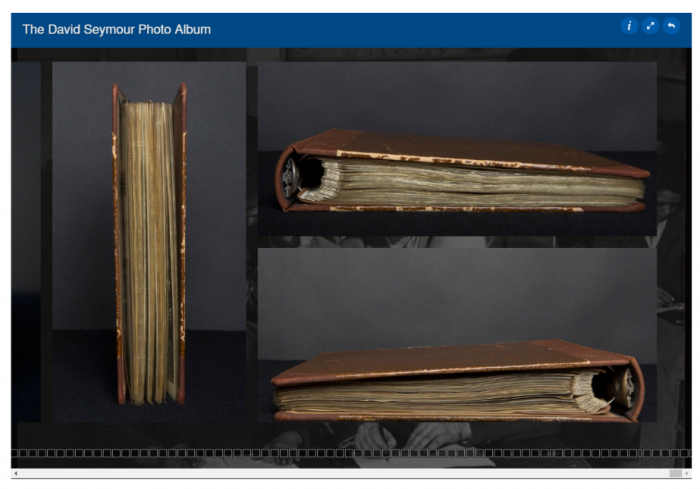
“This album is thus an invaluable document to get an insight into the way this great photographer worked. The accompanying text to the contact sheets provide an analysis of the sociological context of Seymour’s reportage commissioned by UNESCO. The ‘Seymour album’ has already become the focus of research by specialists, which will soon be made available”.
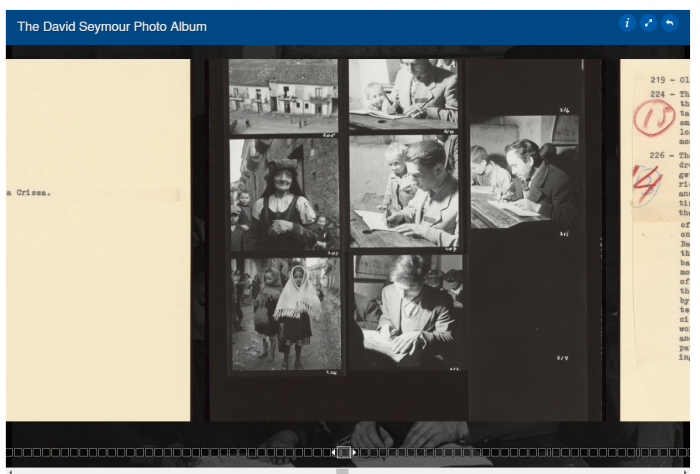
In the album we admire landscape photos, children and men at school, women, men and children engaged in daily activities such as leading the sheep to pastures or mow the lawn. It goes without saying that this is a document of extraordinary importance for the history of Italy, for the commitment in the fight against illiteracy that mostly in the south reached very high and worrying percentages.
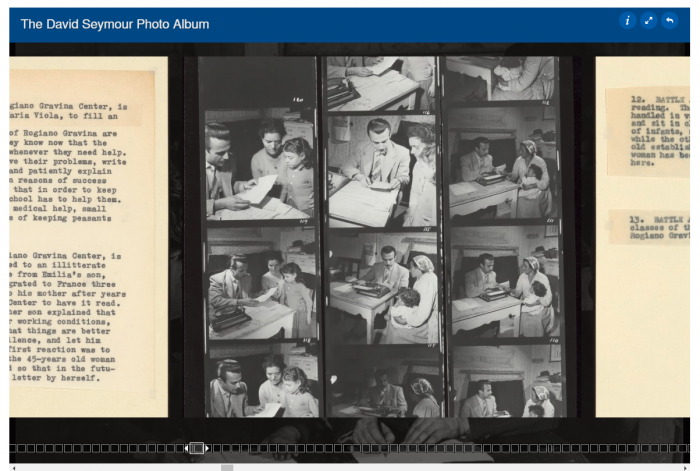
In the introduction to the exhibition we learn that “Out of the contact sheets, a number of photographs formed the final selection to illustrate an article published in the UNESCO Courier (Vol. V, No 3, March 1952, pp. 1-5) on the fight against illiteracy in Calabria. The author of this article was no less than Carlo Levi, who had become internationally famous by the publication, in 1945, of his novel, Christ Stopped at Eboli, dealing with issues such as the ‘North-South divide’ in Italy and populations in need of economical and, indeed, educational support. UNESCO was thus employing major artists and intellectuals of the time to mobilize public opinion on domains fundamental to its mission”.
I think it is necessary to appreciate the great work that UNESCO is carrying out in the field of digitisation of a cultural heritage that must be accessible to all. “The ‘Digitizing our Shared UNESCO History’ project has been the opportunity for a survey of the audio/visual collections of which the UNESCO Archives have only recently become responsible”. This exhibition is an extraordinary example.
Visit the online resource: https://digital.archives.unesco.org/en/web-exhibitions/detail/b6e64203-92d1-4c02-8cc9-0c59de7ac54f

 Within the framework of this event will be the workshop “Smart Specialisation and the Heritage City”organized by the H2020 project ROCK on the morning 9th October.
Within the framework of this event will be the workshop “Smart Specialisation and the Heritage City”organized by the H2020 project ROCK on the morning 9th October.
The workshop will be a great opportunity to discuss and strength the linkage between Cultural Heritage (CH) and the Smart Specialisation strategies (RIS3) now running all over Europe.
Smart specialization was a poor at city level, and this because local authorities were not involved adequate.
The discussion will focus on two main topics:
The workshop agenda, designed by partners of the Horizon 2020 ROCK project, including EUROCITIES and TASO, will include:
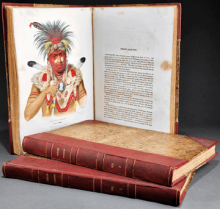
text by Caterina Sbrana.
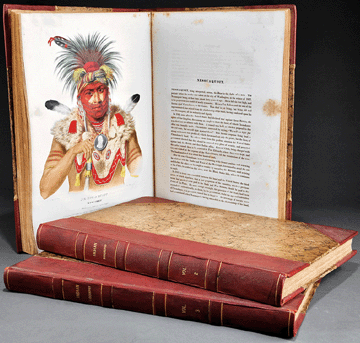
“History of the Indian Tribes of North America” is a three-volume collection of Native American biographies and portraits originally published in the United States from 1838 to 1844, by Thomas McKenney and James Hall. McKenney served as Commissioner for Indian Affairs from 1824 to 1830 and during this time he commissioned and collected portraits of Native Americans for his gallery, in the War Department.
The Bureau of Indian Affairs was created on March 11, 1824 without authorization from the Congress. McKenney, formerly superintendent of Indian trade, was appointed to head the office, with two assistants. “McKenney was instructed to take charge of the appropriations for annuities and current expenses, to examine and approve all vouchers for expenditures, to administer the funds for the civilization of the Indians, to decide on claims arising between Indians and whites under the intercourse act, and to handle the ordinary Indian correspondence of the War Department”, it is explained in a blog about the history of the Bureau published in the journal of the American Studies Resources Centre at Liverpool John Moores University.
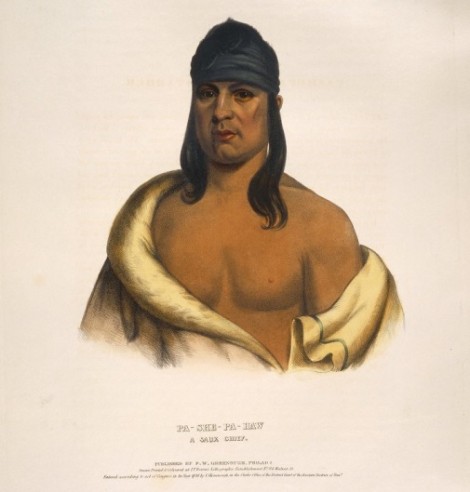
During his duties, the Superintendent of Indian Affairs understood that the future of Native American was at risk, as a consequence of unscrupulous individuals taking advantage of the Native Americans for profit. His many journeys to deal with the Chippewa or Menominee, to define mining rights on their land, allowed him to know the culture of these Indian tribes, and possibly for this reason McKenney decided to publish a record of such vanishing peoples: portraits, biographical sketches, anecdotes and a history of North American Indians. The book was enriched with the portraits he had commissioned.
The oil portraits of Indian leaders, realized on the occasion of their visits to Washington for negotiating treaties with the American government, were made by Charles Bird King and other American painters, while the texts were written by James Hall.
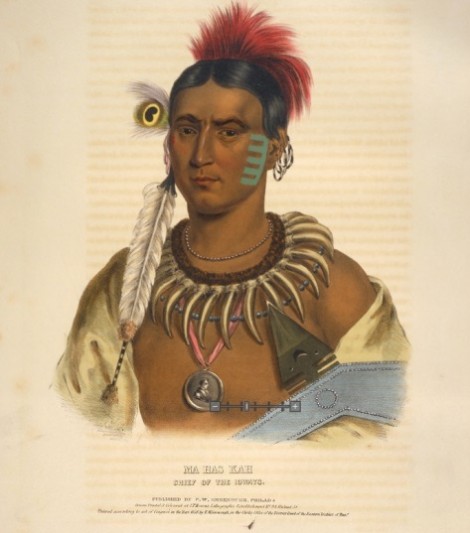
Unfortunately, most of the original paintings were destroyed in a fire after the Civil War, so the few remaining copies of this ancient book, containing the lithographies from those paintings, are the only resource left to preserve such an important heritage. But once again digital technology comes to help: in the Digital Collections of the University of Cincinnati we can access the digitized images, each with a wide description of the location, measurements, material, repository, description etc. and the images can be downloaded.
The images were digitized from a copy of the edition held in the Archives & Rare Books Library of the University.
Access the digital collection: http://digital.libraries.uc.edu/luna/servlet/univcincin~24~24
Blog about the history of the Bureau of Indian Affairs: http://www.americansc.org.uk/Online/indians.htm
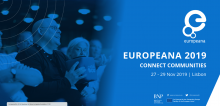
Europeana 2019 from Sebastiaan ter Burg on Vimeo.
Europeana 2019 was held at the historic National Library of Portugal, Lisbon, whose vast and diversified heritage covers almost ten centuries of Portuguese history and culture.
Europeana 2019 sold out in record time but if was performed in free live stream. There is a different link for each day. Enjoy the conference and follow via #Europeana2019 on twitter!
Wednesday 27 November
https://youtu.be/KktelA8sYb4
Thursday 28 November
https://youtu.be/r9-QHb7hkps
Friday 29 November
https://youtu.be/l2TCt2cgitE
Website and programme: https://pro.europeana.eu/page/europeana-2019
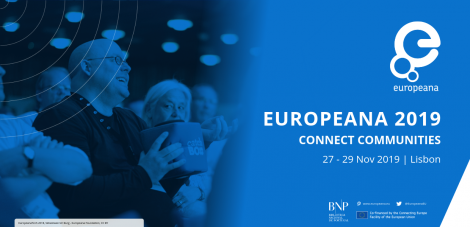

The next Preservation and Archiving Special Interest Group (PASIG) meeting will take place in Madrid on 19-21 May 2020.
The Biblioteca Digital Memoria de Madrid, Centro Cultural Conde Duque is the event host. The PASIG Steering Committee is pleased to connect with colleagues in Conde Duque, which is the most important cultural center in Madrid and home to some of the city’s main libraries and archives. Like last year in Mexico City, this PASIG will offer bi-lingual translation services in English and Spanish.
The Preservation and Archiving Special Interest Group (PASIG) is dedicated to advancing the practice of digital preservation and archiving. It brings together practitioners, industry experts and researchers to share experience on how to put preservation and archiving into practice.
The event website is: http://www.pasig2020memoriademadrid.es. Agenda drafts, sponsorship information, registration, and travel and hotel options will be added in the coming months. The Program Committee is in its initial planning phase, but if you have a topic you want to be considered or would like to enquire about sponsorship, please email (c.mumma@austin.utexas.edu) and the Program Committee Chairs, Gilberto Pedreira Campillo (pedreiracg@madrid.es) and Carlos Villarrubia Rodríguez (villarrubiarc@madrid.es).
The Program Committee for Madrid and the PASIG Steering Committee are working closely together on this event. We would like to thank the members of both for all their effort and commitment! If you have an interest in digital preservation and want to be a part of a great community, make sure you save this date!
PROGRAM COMMITTEE CHAIRS / PRESIDENTES DEL COMITE DE PROGRAMA
Co-chairs: Gilberto Pedreira Campillo (pedreiracg@madrid.es), Director of Digital Library Memoria de Madrid and Carlos Villarrubia Rodríguez (villarrubiarc@madrid.es), Head of IT Technicians and Assistant in Digitalizing Area
STEERING COMMITTEE / COMITE DIRECTIVO
#participateinculture #societalvalueofculture #unchartedculture 3D 3D digitisation AI Amsterdam animation Antonella Fresa archaeology Athens audiovisual augmented reality Berlin big data Brussels call for papers Caterina Sbrana citizen participation Citizen science Civic Epistemologies co-creation conference Conference and events conferences and events conformance check Coventry University creative industry CULTURA cultural heritage cultural participation cultural tourism dance DCH-RP digital art Digital Cultural Heritage Digital Heritage digital humanities digital libraries digital preservation digitisation digitization DPF Manager e-Infrastructures E-Space EAGLE education EGI EUDAT EUreka3D EUreka3D-XR Euromed Europa Nostra Europeana Europeanaphotography Europeana Space European Commission Eötvös Loránd University file formats Fred Truyen Girona Granada Hackathon INCULTUM incultum project innovation IPR KU Leuven Linked Heritage London MediaConch MEMOLab museums networking open source software Paris participatory approaches participatory approaches to cultural heritage PDF/A performing arts Photoconsortium photography Pisa PREFORMA preservation Promoter REACH project RICHES Sarah Whatley standards sustainable tourism UGR University of Granada UNCHARTED community UNCHARTED event UNCHARTED Project VeraPDF Vienna WEAVE Webinar workshop